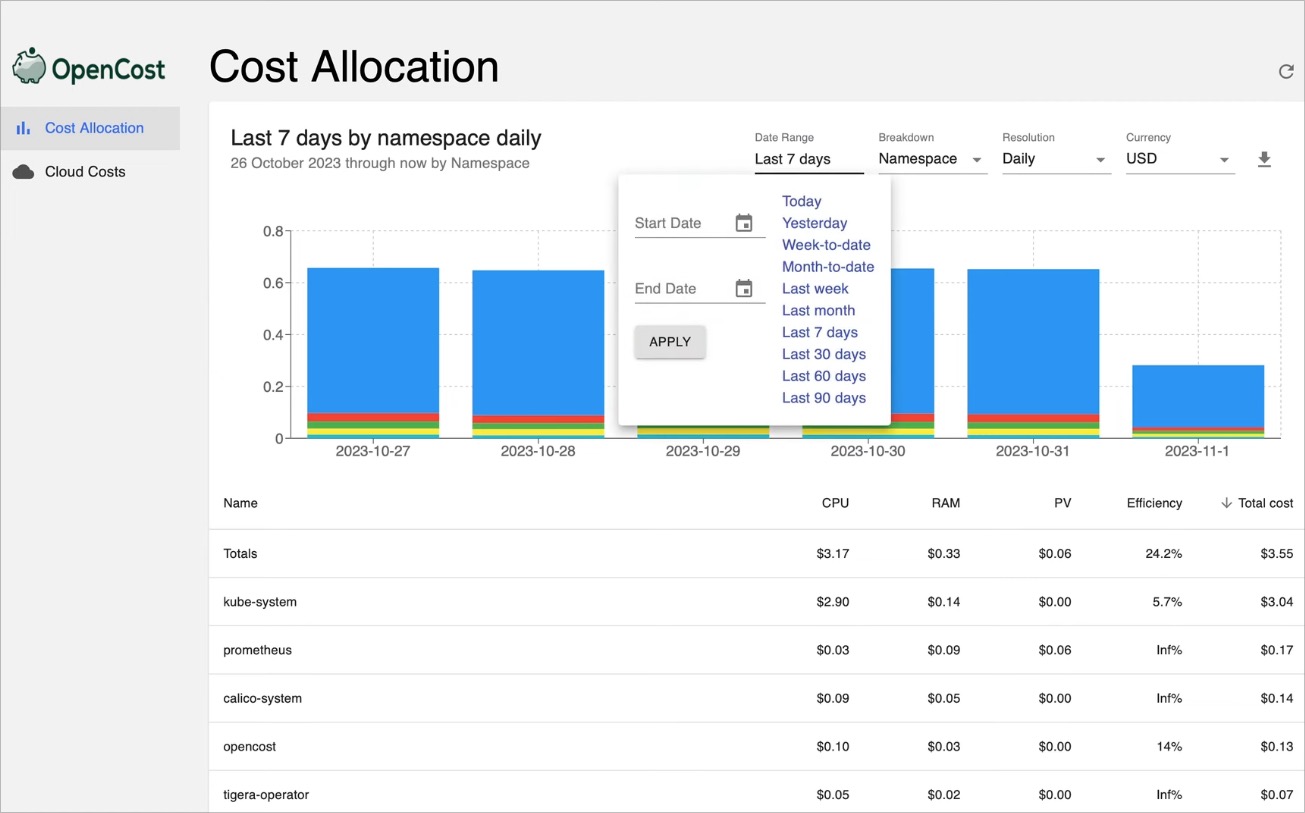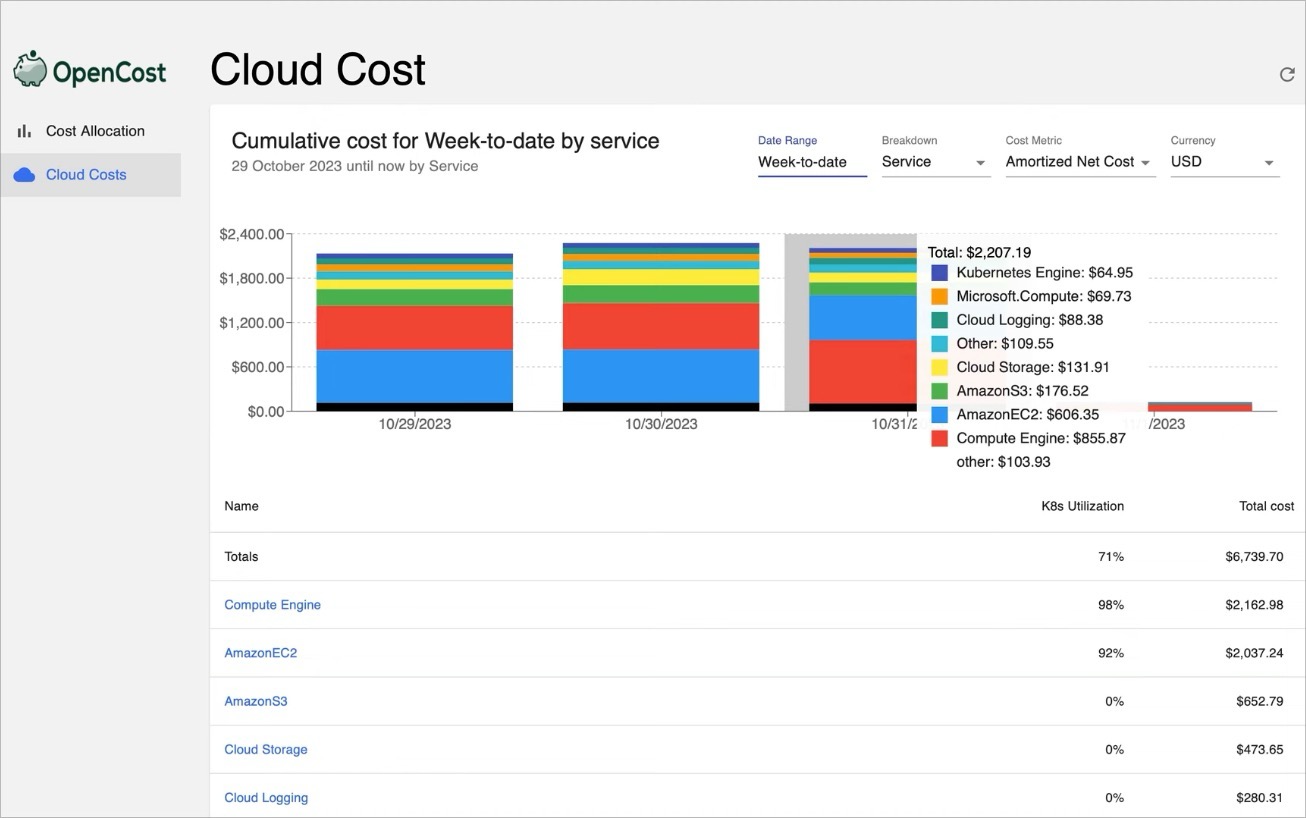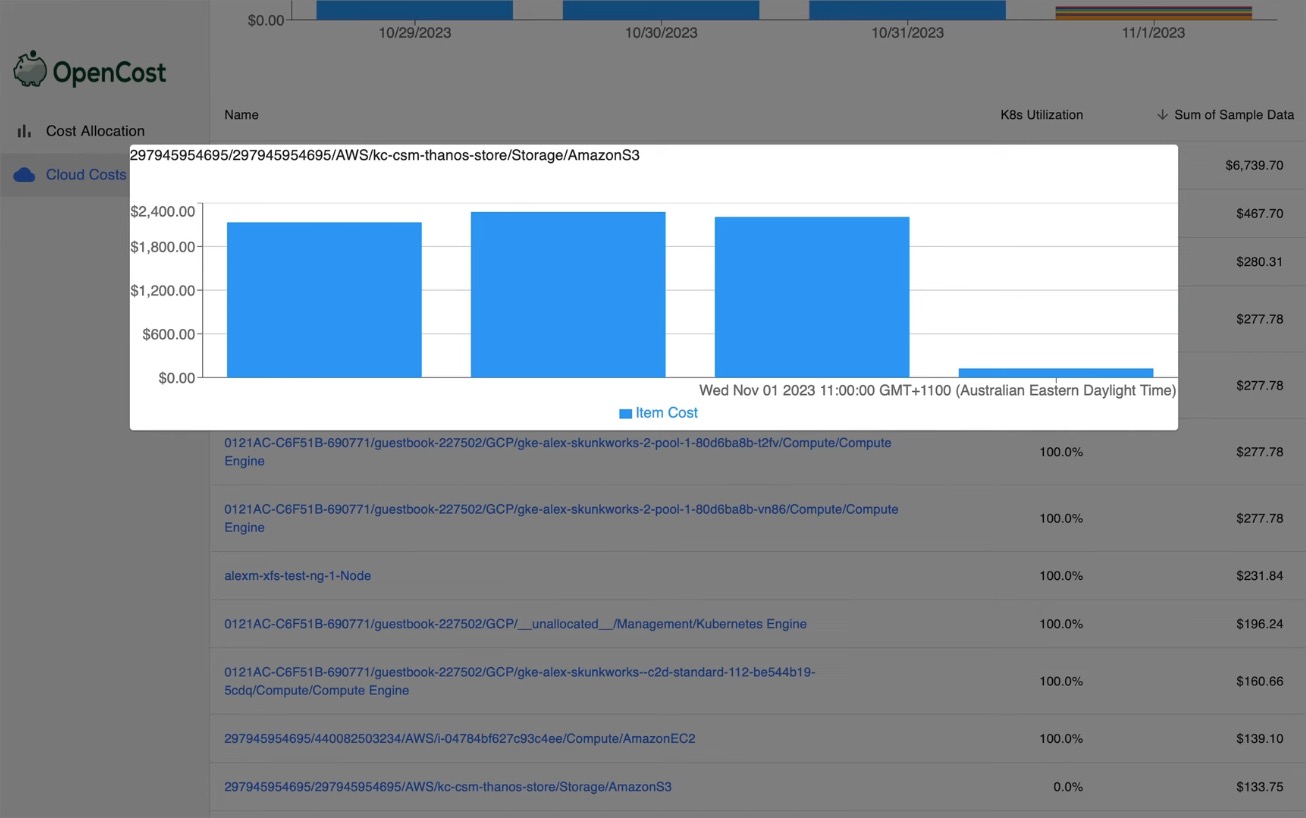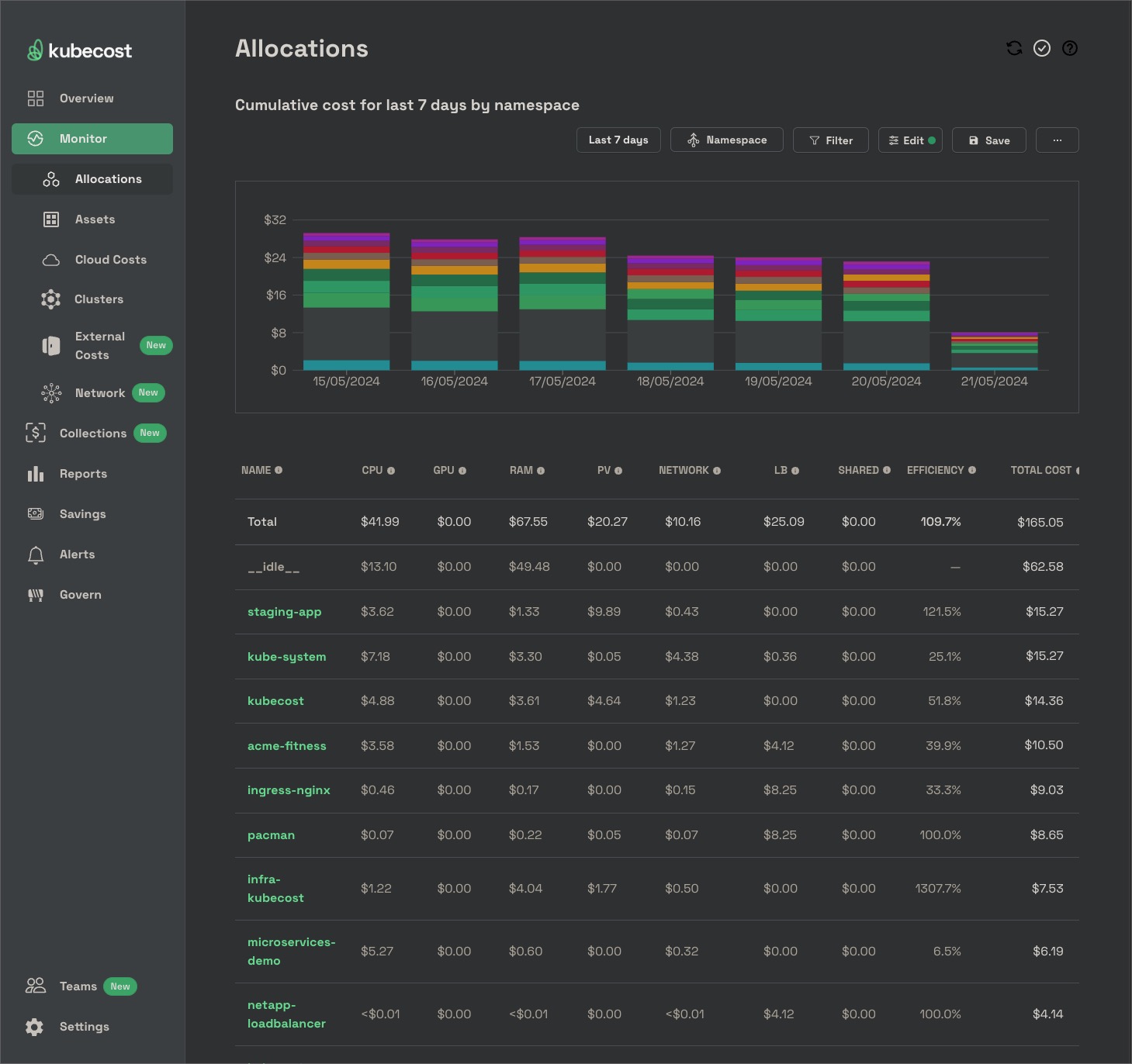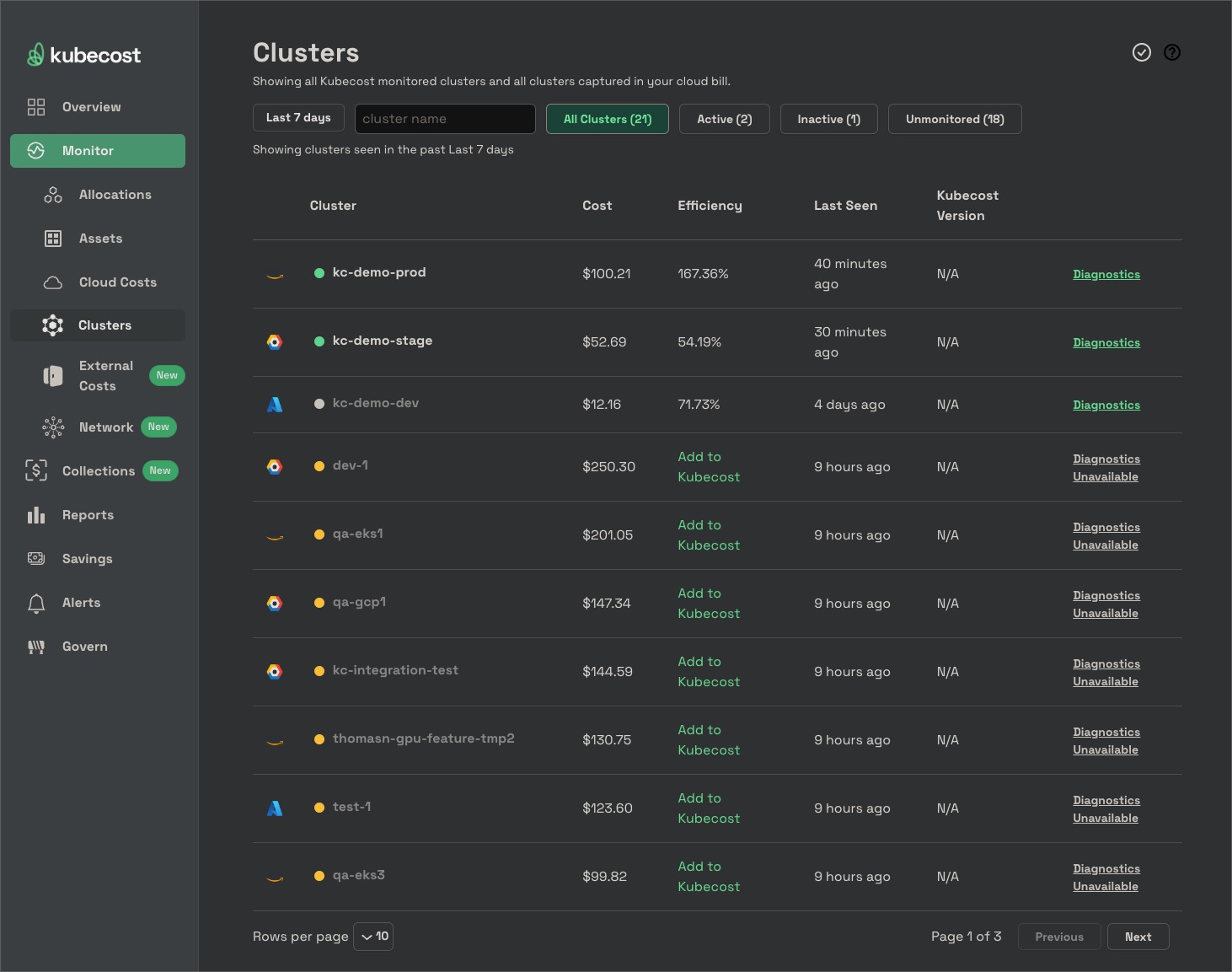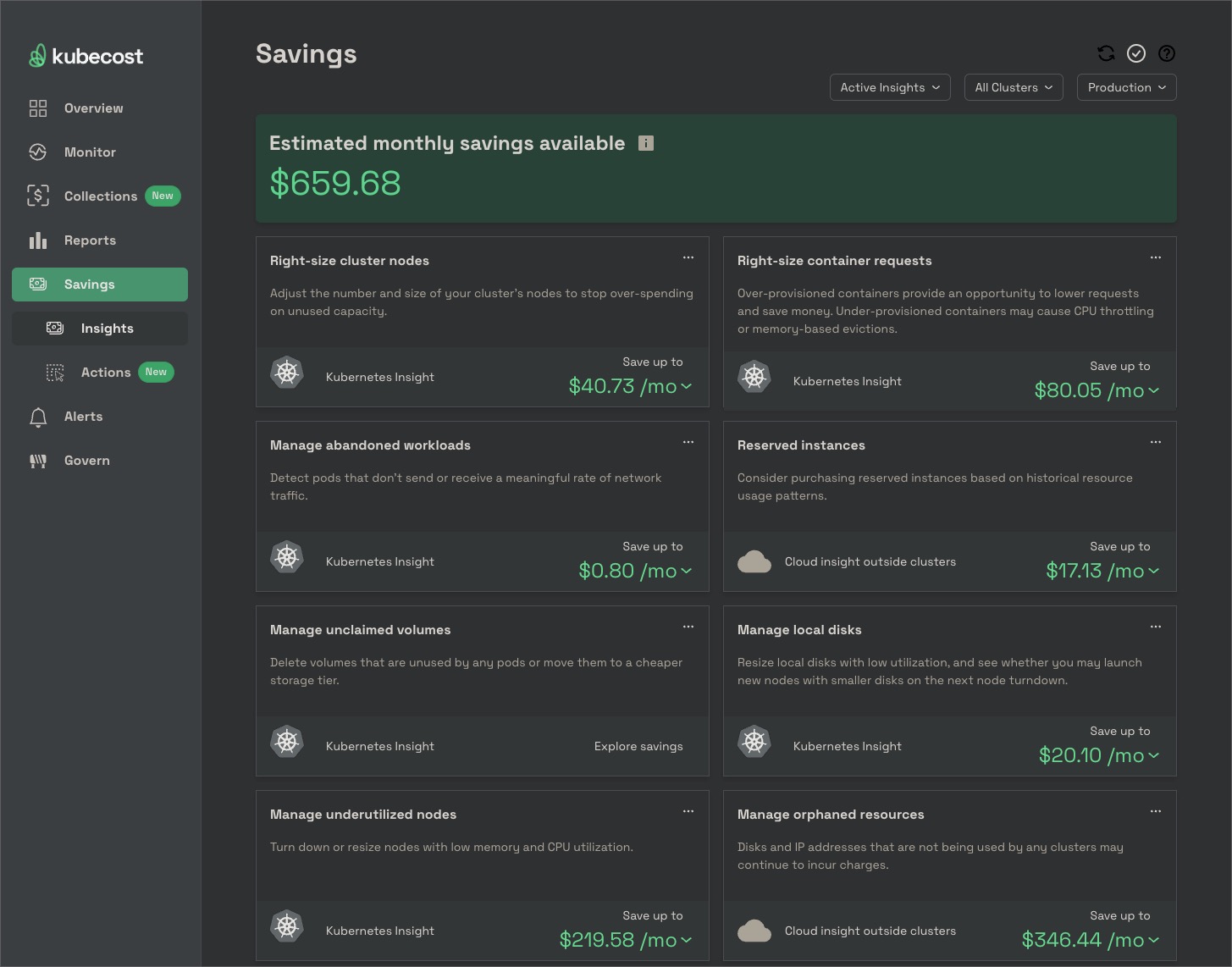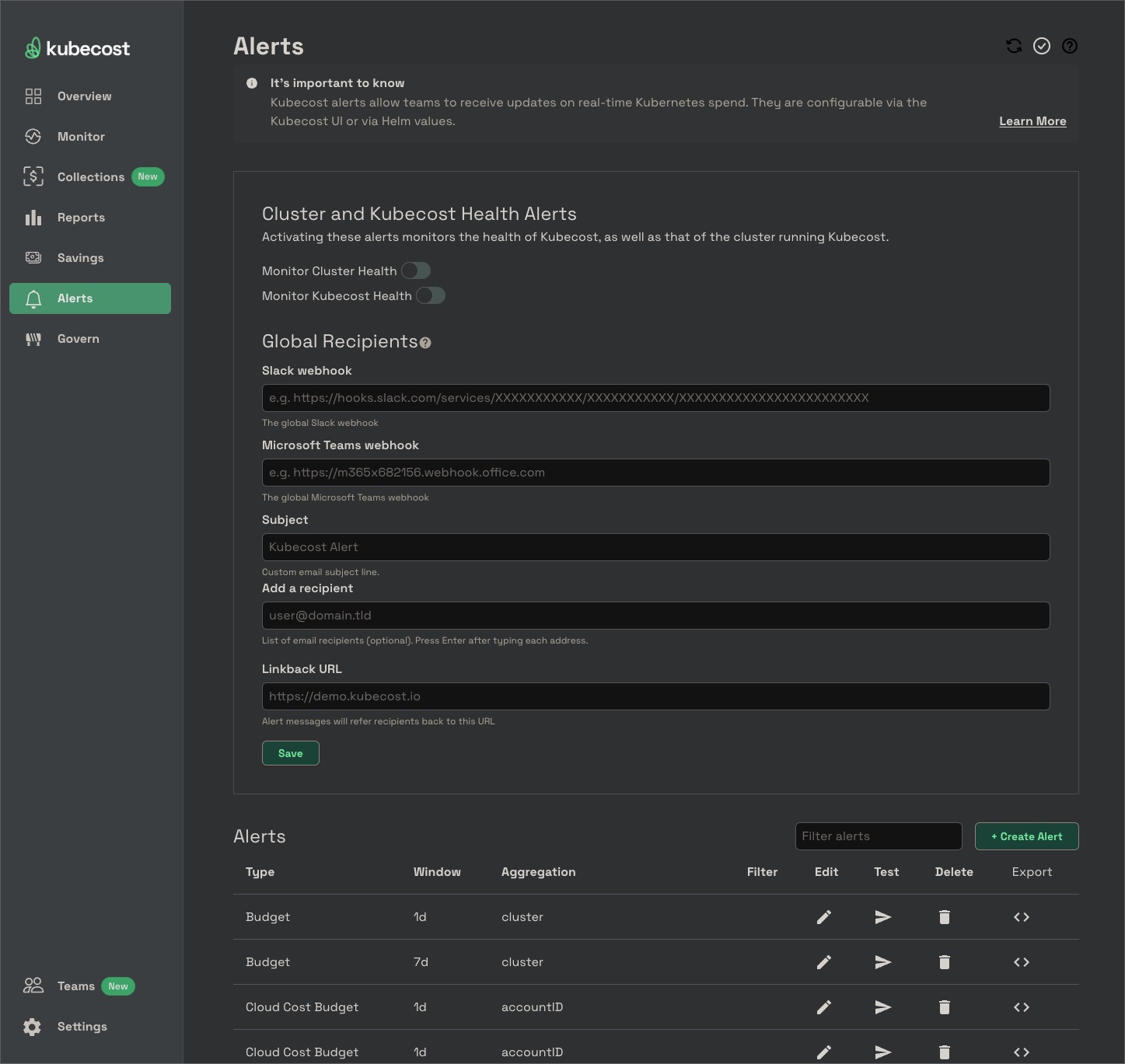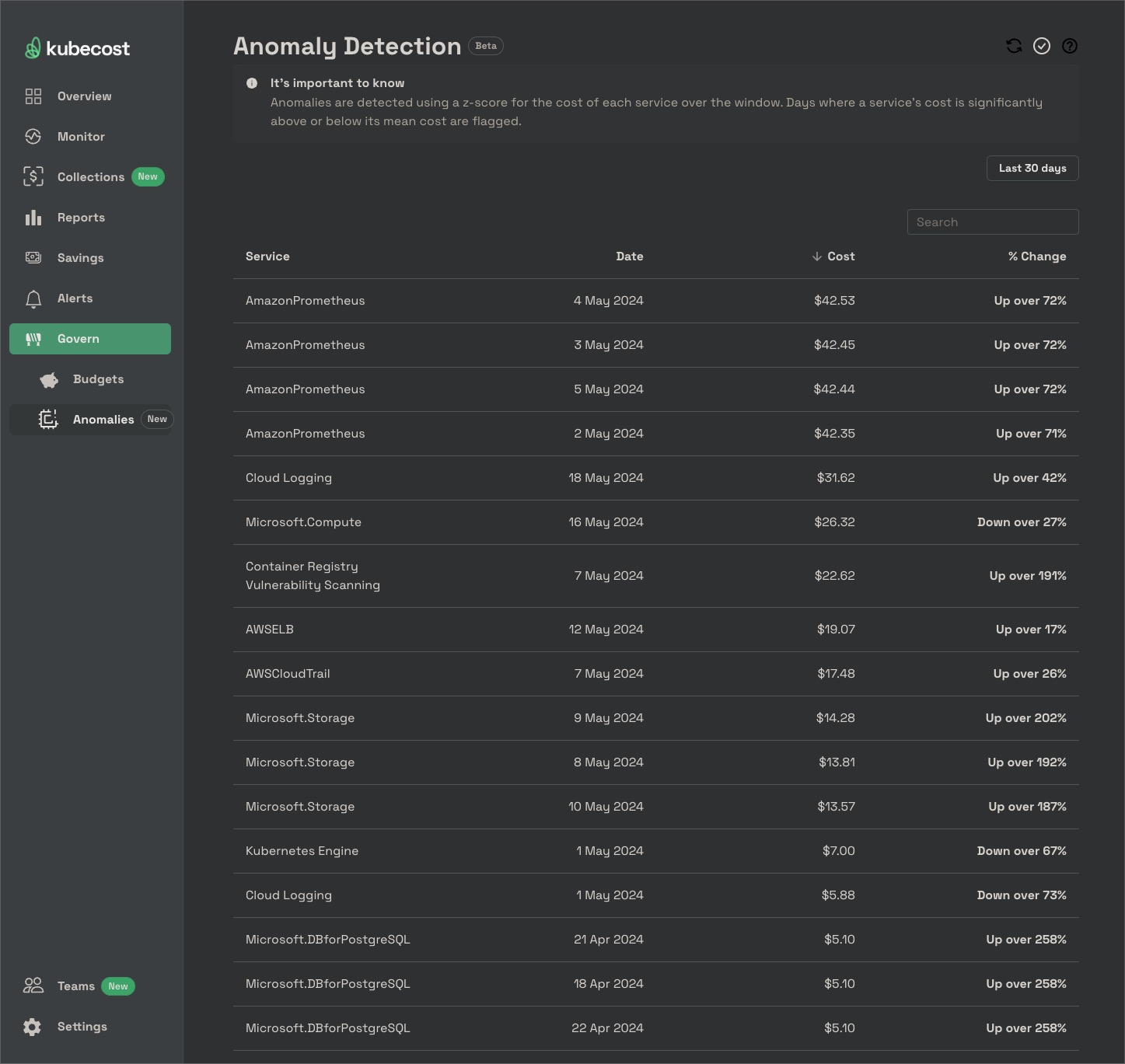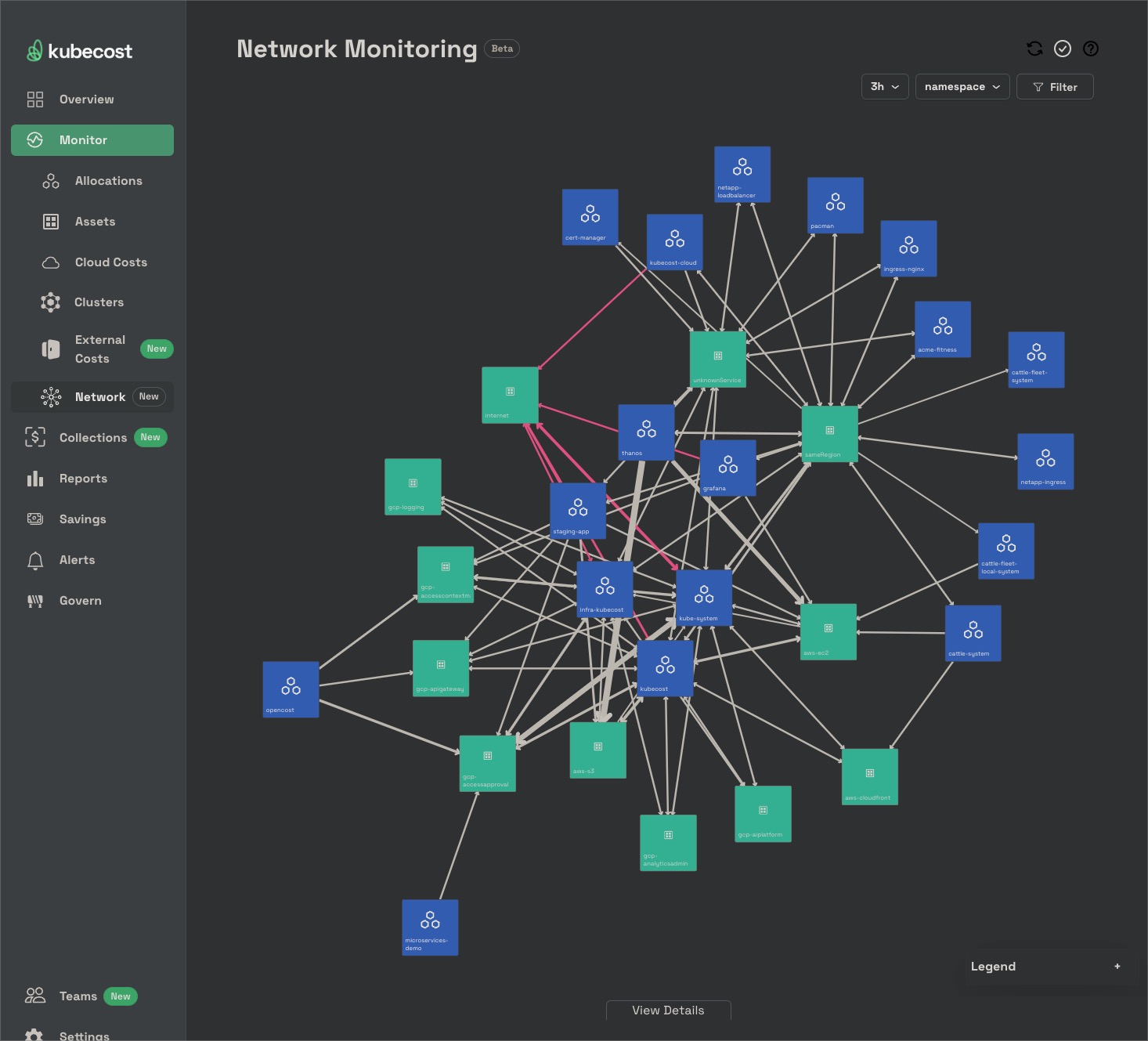Effective cost-monitoring solutions provide the necessary insights to avoid overspending and maximize the value of cloud investments. Here are a few key factors to consider when choosing between Kubecost and OpenCost.
Team size and structure
OpenCost’s simplicity and ease of use make it well-suited for smaller teams with straightforward Kubernetes deployments. Its lightweight nature allows for quick adoption and minimal maintenance overhead.
Kubecost’s advanced features, such as multi-level cost allocation and chargeback/showback capabilities, cater to the needs of larger organizations with complex team structures. It enables accurate cost attribution to specific teams, departments, or projects, promoting accountability and facilitating cross-functional collaboration.
Infrastructure complexity
OpenCost’s streamlined approach suits simpler setups, such as single-cluster environments with limited services. It provides essential cost-monitoring capabilities without the need for extensive configuration or customization.
However, Kubecost’s comprehensive feature set becomes increasingly valuable as your infrastructure grows more complex. Kubecost’s support for multi-cluster and multi-cloud environments allows for unified cost monitoring across diverse infrastructures. It provides a holistic view of spending, enabling you to track and optimize costs effectively, even in complex setups.
Budget and pricing
OpenCost, being open-source and free to use, offers a cost-effective option for organizations with limited budgets or those who prefer open-source solutions. It allows you to implement cost monitoring without incurring licensing fees, making it accessible to teams of all sizes.
Kubecost provides both free and enterprise versions with advanced features, dedicated support, and enterprise-grade capabilities. Its pricing is based on your specific requirements and scale, considering the number of clusters and nodes you have and the desired features. While Kubecost’s commercial offering comes with a cost, it provides value in enhanced visibility, optimized resource utilization, and potential cost savings recouped through better visibility into your spending. Kubecost’s enterprise offers a deeper level of cost visibility, offering an aggregated cluster view, unlimited saved reports, and support for multi-cloud providers.
Scalability and performance requirements
OpenCost’s minimalistic approach focuses on delivering essential cost insights while minimizing resource overhead, making It well-suited for teams who prioritize simplicity and efficiency.
Kubecost’s advanced features, such as cost forecasting and anomaly detection, may introduce additional resource requirements. However, these features provide valuable insights for proactive cost management and optimization.
Integration with existing tools and workflows
Both OpenCost and Kubecost offer integration capabilities with popular tools in the Kubernetes ecosystem, such as Prometheus for metrics collection and Grafana for data visualization. Kubecost’s extensive customization options and flexible API allow deeper integration with various tools and platforms.
